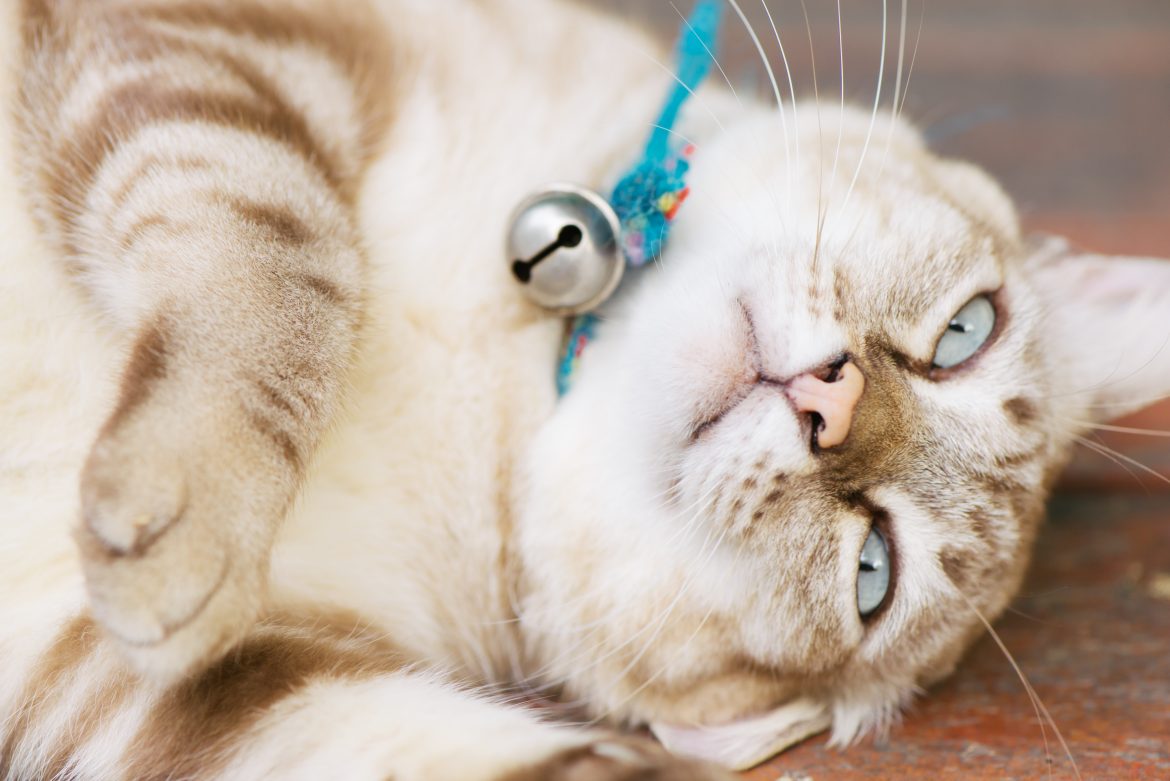Sharing your home with a cat is a joy — until your brand-new couch becomes their favourite scratching post. But living stylishly and sharing your space with a feline friend aren’t mutually exclusive. With a few smart tweaks, you can protect your furniture and maintain your home’s aesthetic.
Here’s how to cat-proof your furniture so everybody stays happy!
ALSO READ: Tips for cleaning pet brushes and combs
Know what’s irresistible to your cat
Cats aren’t scratching your furniture out of spite — they’re following their instincts. Scratching helps them stretch, mark territory, and sharpen their claws. Soft fabrics, exposed corners, and textured materials are particularly tempting. The key? Give them something better to scratch.
Add scratching posts where it matters
Place sturdy scratching posts or boards near the furniture your cat targets most. Ideally, mimic the height and texture they love — for example, a vertical sisal-wrapped post near the arm of a sofa. If space is tight, consider wall-mounted or low-profile options.
Pro tip: Rub a little catnip on the post to help redirect attention.

Freepik
Choose cat-resistant fabrics
If you’re shopping for new furniture or covers, look for tightly woven, durable fabrics that aren’t as satisfying to scratch. Some cat-friendly options include:
-
Microfibre or microsuede: Smooth and less tempting for claws
-
Leather (though it can be punctured, it’s less fray-prone)
-
Indoor-outdoor fabrics like canvas or Crypton-treated textiles
Avoid loose weaves like tweed or boucle — they’re basically playgrounds for claws.
Use furniture protectors (without ruining the look)
There are surprisingly sleek options on the market now — like clear furniture shields, corner guards, or even decorative scratching panels that blend in with your decor. You can also try reversible slipcovers or throws that protect your investment while still looking good.
Distract, deter and reward
Double-sided tape, citrus-scented sprays or aluminium foil can deter scratching in specific zones — though they work best when paired with positive alternatives nearby.
And when your cat uses their post instead of the couch? Reward them with a treat or play session. Positive reinforcement always goes further than scolding.
ALSO READ: When to deworm your pets
Keep their claws trimmed
Regular trimming helps reduce damage — and it’s healthier for your cat. If you’re nervous about doing it yourself, your vet or groomer can help show you how.
Cat-proofing your home is about working with your pet’s instincts, not against them. With a bit of strategic planning, you can create a space that feels beautiful, comfortable, and totally cat-approved.
ALSO SEE:
Feature Image: Freepik

